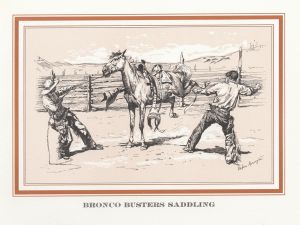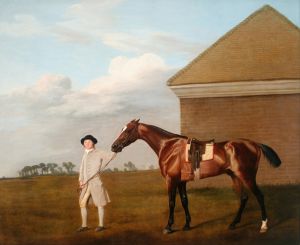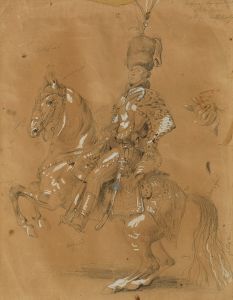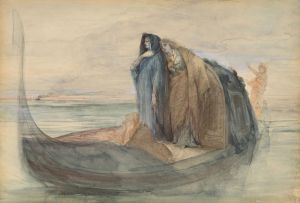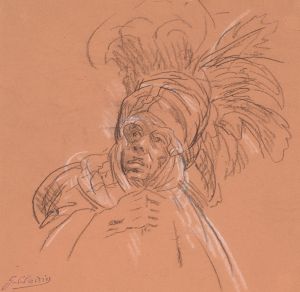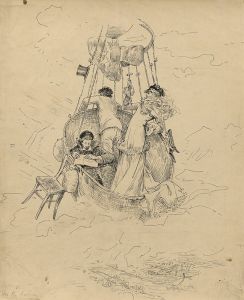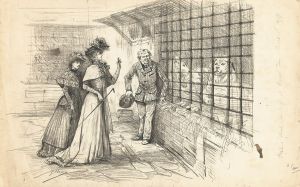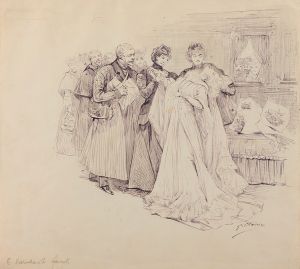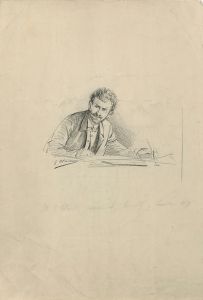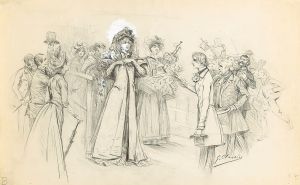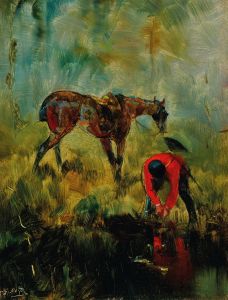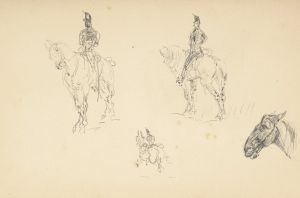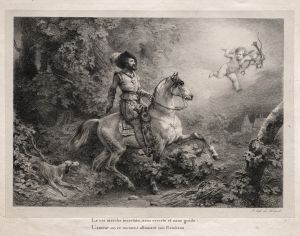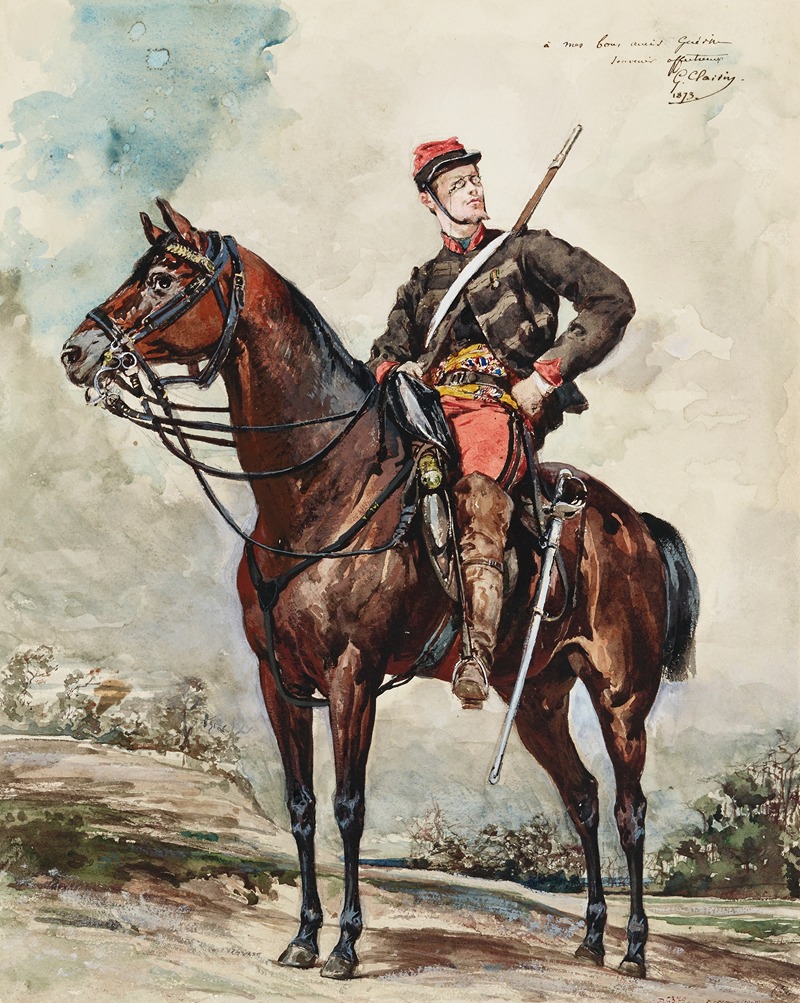
Portrait équestre, éclaireur à cheval
A hand-painted replica of Georges Jules Victor Clairin’s masterpiece Portrait équestre, éclaireur à cheval, meticulously crafted by professional artists to capture the true essence of the original. Each piece is created with museum-quality canvas and rare mineral pigments, carefully painted by experienced artists with delicate brushstrokes and rich, layered colors to perfectly recreate the texture of the original artwork. Unlike machine-printed reproductions, this hand-painted version brings the painting to life, infused with the artist’s emotions and skill in every stroke. Whether for personal collection or home decoration, it instantly elevates the artistic atmosphere of any space.
Georges Jules Victor Clairin was a French painter known for his portraits and Orientalist works. Born in Paris on September 11, 1843, Clairin studied at the École des Beaux-Arts under the tutelage of Isidore Pils and François-Édouard Picot. He became well-regarded for his theatrical and exotic subjects, often depicting scenes from the Middle East and North Africa, which were popular themes during the 19th century due to the Orientalist movement in European art.
One of Clairin's works, "Portrait équestre, éclaireur à cheval," is an equestrian portrait that showcases his skill in capturing both human and animal forms with dynamic composition and vivid detail. The painting depicts a horseman, likely an explorer or scout, which is suggested by the title. The equestrian theme was a common subject in art, symbolizing power, nobility, and adventure, and Clairin's interpretation aligns with these traditional connotations.
Clairin's style is characterized by its vibrant use of color and dramatic flair, which can be seen in the way he renders the textures of the horse's coat and the attire of the rider. His attention to detail and ability to convey movement and emotion are evident in this work, reflecting his academic training and his exposure to various artistic influences throughout his career.
The painting's composition likely draws on Clairin's experiences and observations from his travels. Clairin was known to have traveled extensively, including trips to Spain, Morocco, and Egypt, which informed his understanding of different cultures and landscapes. These experiences enriched his artistic repertoire, allowing him to infuse his works with authenticity and a sense of place.
"Portrait équestre, éclaireur à cheval" fits within the broader context of Clairin's oeuvre, which often included portraits of notable figures and scenes from exotic locales. His works were well-received in his time, and he exhibited regularly at the Salon in Paris, where he gained recognition for his contributions to the art world.
While specific details about the creation and provenance of "Portrait équestre, éclaireur à cheval" are not widely documented, it remains an example of Clairin's ability to blend academic precision with the romantic allure of the exotic. His paintings continue to be appreciated for their technical skill and the way they capture the imagination, transporting viewers to distant lands and times.
Clairin's legacy is also tied to his associations with other prominent artists and cultural figures of his time. He was a close friend of the famous actress Sarah Bernhardt, and he painted several portraits of her, further cementing his reputation as a portraitist of note. His works are held in various collections, both public and private, and they continue to be studied and admired for their contribution to the Orientalist genre and 19th-century French art.
In summary, Georges Jules Victor Clairin's "Portrait équestre, éclaireur à cheval" exemplifies his artistic strengths and thematic interests. Through his adept use of color, composition, and cultural insight, Clairin created a piece that resonates with the viewer, offering a glimpse into the romanticized world of equestrian adventure and exploration.





